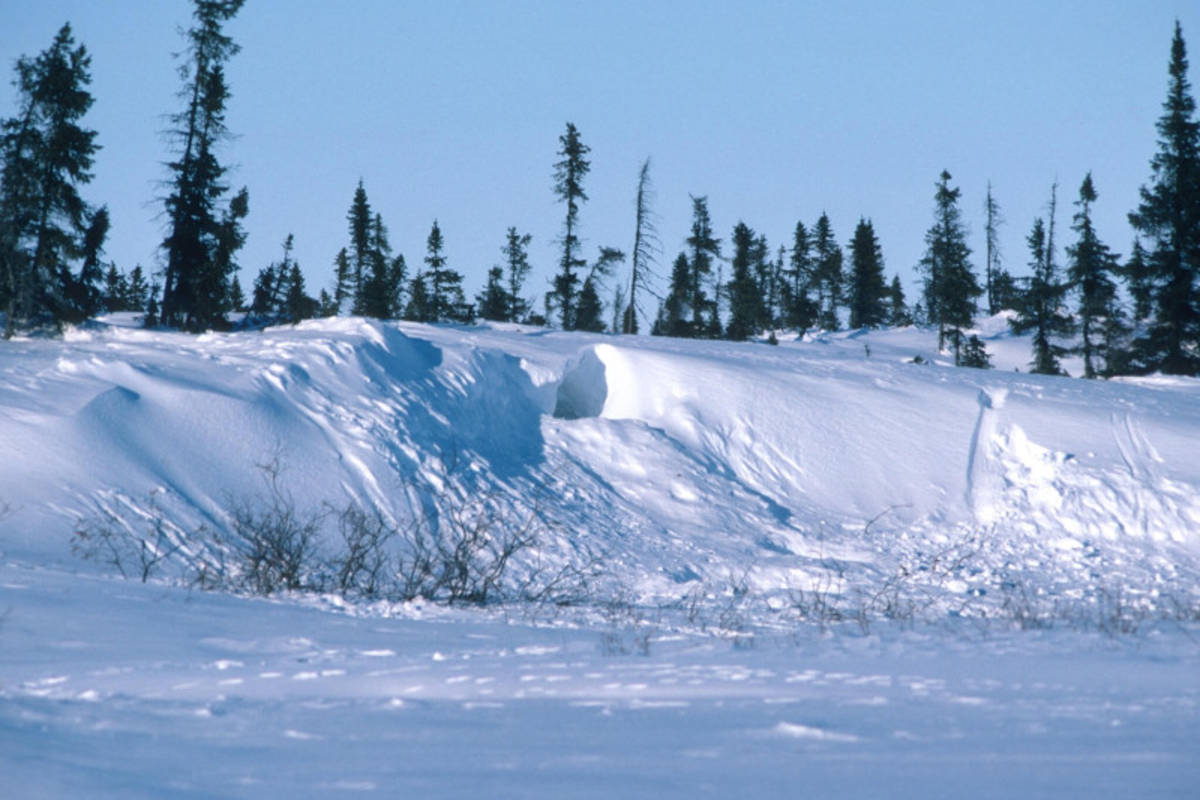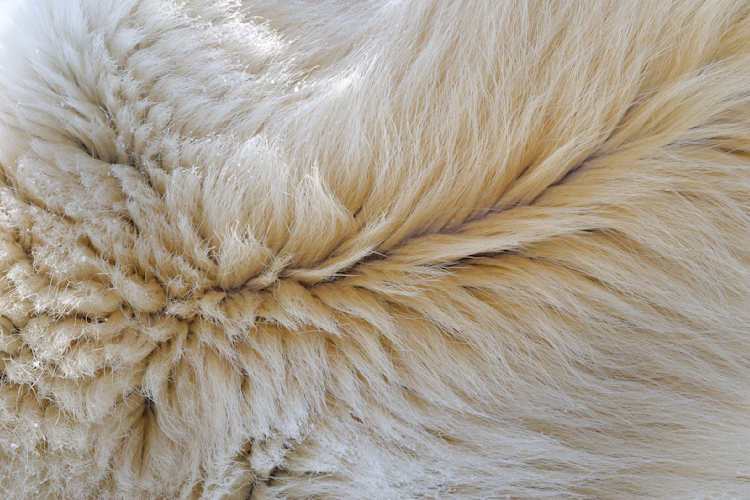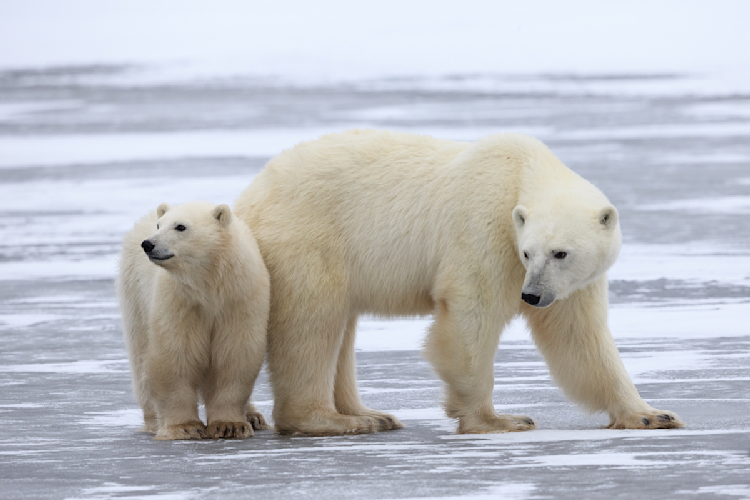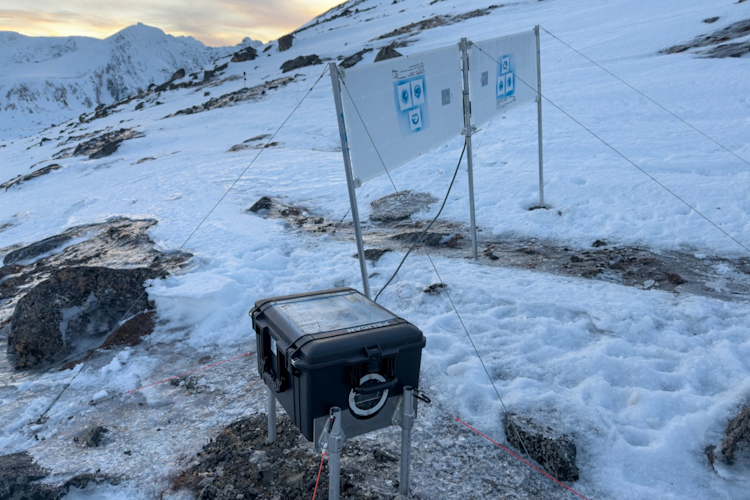After years of studying the denning behaviors of polar bears and testing the ability to find dens hidden under the snow, two things are clear:
First, a stable and uninterrupted denning process is essential to the survival of polar bear cubs. Cub loss was a leading factor contributing to the 40 percent decline of the Southern Beaufort Sea polar bear population between 2000 and 2010.
Second, aerial FLIR (forward-looking infrared) surveys, conducted by the oil and gas industry to locate and hence protect maternal dens from disturbance, have been missing over half of the polar bear dens known to be within surveyed areas.
The low den-detection rates have direct relevance to the current U.S. Department of Interior proposal to allow hydrocarbon exploration and development on the Coastal Plain of the Arctic National Wildlife Refuge—the highest density denning area for the Southern Beaufort Sea polar bear population.
Decades of experience
These findings appear in a new research paper published in the journal PLOS ONE. Led by Dr. Tom Smith of Brigham Young University, the study was a collaboration with three scientists from Polar Bears International: BJ Kirschhoffer, Geoff York, and myself.
The four of us have decades of experience in polar bear research, including my more than 30 years as Polar Bear Project Leader in Alaska for the U.S. Geological Survey, where my work included studies of the Southern Beaufort Sea bears. Rapid loss of sea ice in the Southern Beaufort Sea has resulted in decreased cub survival and fewer cubs being born, highlighting the need to enhance the protection of maternal dens.
Pregnant polar bears dig dens in snow drifts that form in autumn. They give birth in mid-winter and remain in their dens until spring when their cubs are finally large enough to survive the rigors of outside Arctic conditions. While denning, polar bears are unable to simply move away from a disturbance without substantial risk to newborn cubs.
New study shows limitations
I led the original testing of whether FLIR imaging could detect otherwise invisible dens in mid-winter and meet the challenge of locating dens so that they can be protected from possible industrial disturbances. Working under optimal conditions where den locations were known, we found that FLIR imagery can detect many dens under the snow but cannot detect all dens and has many shortcomings. Subsequent research emphasized those shortcomings.
Our new study shows that in real-world conditions in actual practice, FLIR success rates are unacceptably low. Our team evaluated results of FLIR surveys conducted by oil-field operators between 2004 and 2016, finding that only 45 percent of known dens were detected—meaning that more than half, or 55 percent, were missed. Although our paper points out that FLIR survey efficacy could be increased by following previously published operational guidelines, we concluded that weather and other factors, including den roof thickness, have always limited the effectiveness of FLIR and that accuracy of FLIR surveys is likely only to decline as global warming continues—bringing with it more humid and unpredictable weather.

















